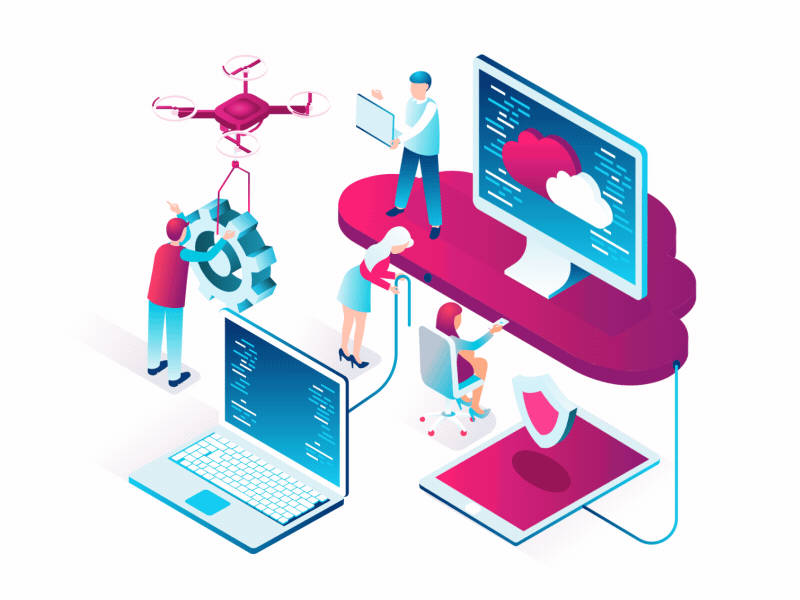
Security System

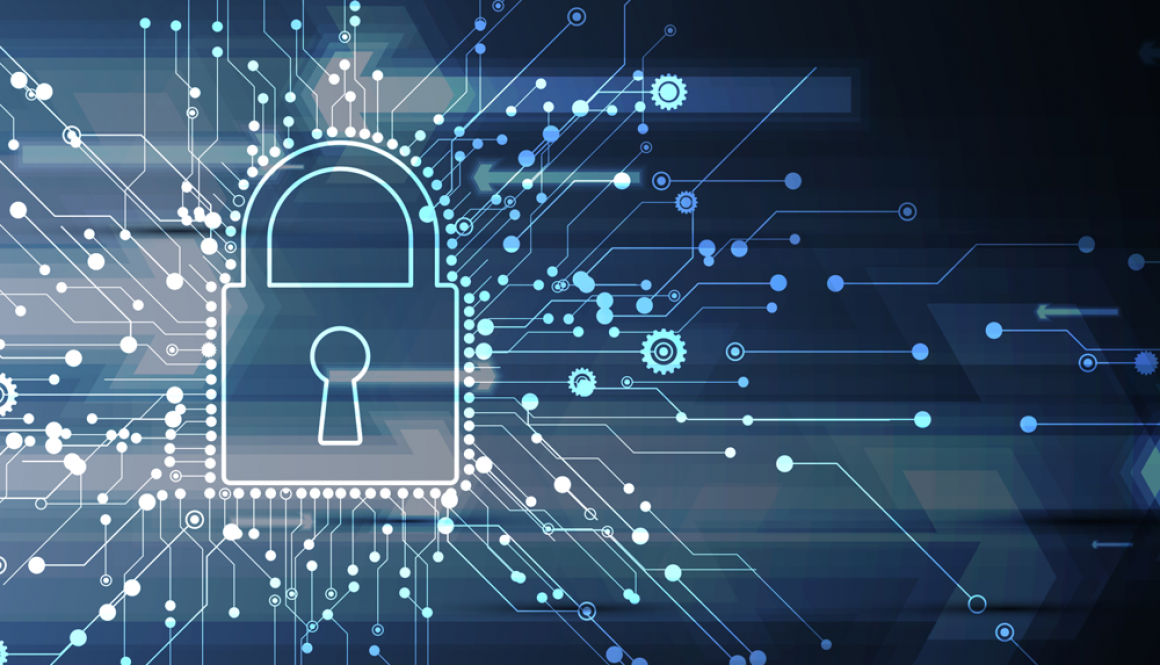
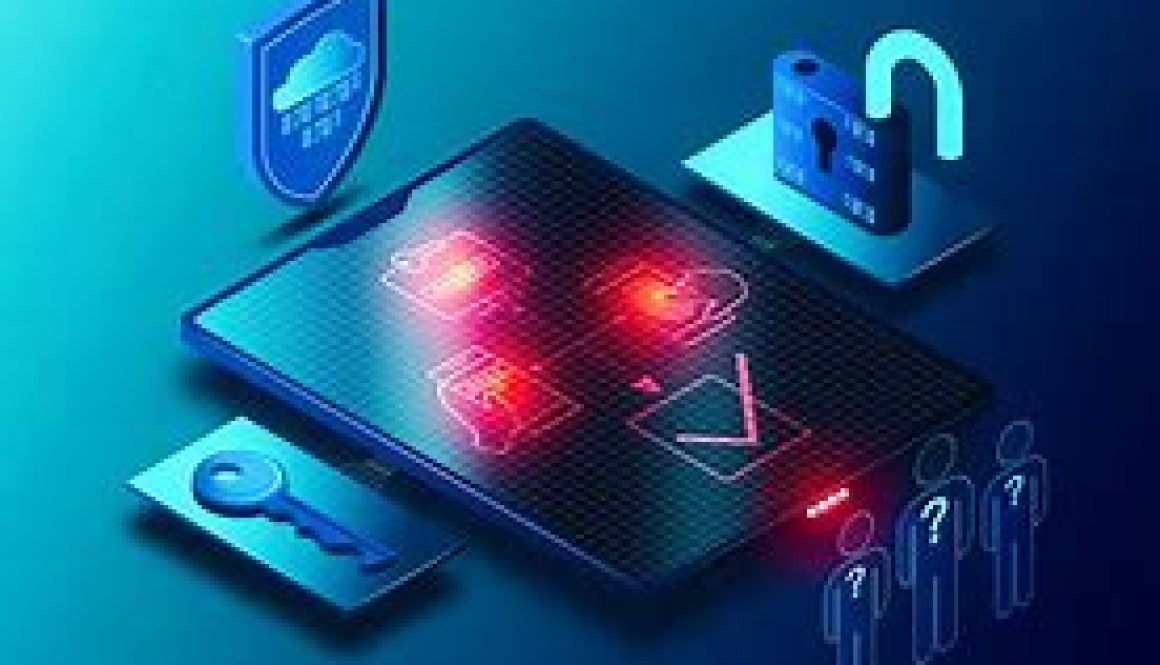
Implementing MFA: A Layered Approach to Securing Data
What Is MFA and How Is It Different from 2FA?
Multi-factor authentication (MFA) is a security process requiring two or more verification factors to gain access to a system. It’s an enhancement of two-factor authentication (2FA), which typically combines two elements (e.g., password + a one-time code). MFA goes further, allowing for three or more factors, such as biometric data or behavioral analysis, for an additional layer of security.
Why Implement MFA?
MFA significantly reduces the likelihood of unauthorized access by adding layers of verification beyond passwords, which are vulnerable to phishing and breaches. Businesses use MFA to protect sensitive applications, data, and systems, especially for remote or traveling employees who connect from varied locations.
For example, a traveling employee accessing company files from a hotel Wi-Fi network is a prime target for cybercriminals. Without MFA, a stolen password could lead to a full system compromise. With MFA, even if a password is stolen, the attacker would still need a second (or third) factor—like a hardware key or fingerprint—to gain access.
Best Practices for Implementing MFA:
- Select Reliable MFA Methods:
Use secure options like:- Hardware security keys (e.g., YubiKeys)
- Biometric authentication (e.g., fingerprint or facial recognition)
- Push notifications through secure apps (e.g., Microsoft Authenticator or Duo).
- Avoid Weak MFA Methods:
Avoid SMS-based authentication, as text messages can be intercepted through SIM-swapping or phishing attacks. - Ensure Compatibility:
Choose solutions that integrate seamlessly with your existing tools and workflows. - Educate Employees:
Train your staff on the importance of MFA and how to use it effectively.
MFA is a critical investment to protect your business in today’s evolving cybersecurity landscape. Ensure your data stays safe by implementing robust, layered defenses.
PRO TIP
Check to see whether your email accounts, banks, healthcare providers, and other important accounts offer MFA and enable it by default. If they don’t, ask them why not. It’s your information they’re putting at risk!
Take Action Today!
Your company’s security is more than a simple password. Implementing MFA is a vital step toward safeguarding your business. Let Applied Technology Group help you create a secure, layered defense strategy tailored to your needs. Contact us today at Sales@atgfw.com or 260.482.2844 to get started.
“Passwords vs. AI Hackers: Your First Line of Defense in 2025”
In a world where AI hackers never sleep, your best weapon is preparation.
In 2025, advanced AI hackers are pushing cybersecurity to the brink. A strong password is your first line of defense in this digital arms race. Protecting your data starts with mastering the basics: strong passwords. Here’s why they matter and how to stay ahead:
- AI Hackers Are Smarter Than Ever: Machine learning enables them to guess weak passwords in seconds, exploiting simple combinations like “123456” or “password.”
- What Makes a Password Strong:
- At least 12 characters long.
- A mix of uppercase letters, lowercase letters, numbers, and symbols.
- Unique for every account—no repeats!
- Leverage Tools for Extra Security:
- Use password managers to generate and store complex passwords.
- Enable two-factor authentication (2FA) to create an additional security layer.
- Avoid Common Mistakes:
- Don’t use personal info (birthdates, pet names, etc.).
- Steer clear of dictionary words or predictable patterns like “abc123.”
Don’t let AI hackers catch you off guard, because when it comes to cybersecurity, it’s better to be paranoid than sorry!
Partner with Applied Technology Group for robust cybersecurity solutions that safeguard your data, accounts, and peace of mind. From password management to comprehensive security strategies, we’ve got you covered.
📞 Contact us now to learn how we can help protect your organization against evolving threats 260.482.2844 | Sales@atgfw.com.
Let’s secure your future together!

Addressing the Cybersecurity Risks of Working from Home
A remote workforce has become the norm since the pandemic. Even now that we consider it safe to return to office work, many businesses have maintained the remote work setup because of the advantages. However, the risks of working from home also bring issues that need attention so as not to risk the company’s network and data.
What Are the Cybersecurity Risks That Come with Working from Home?
There are risks when working from home. Workers lack the usual protective measures used in an office network. Many workers use their home networks and may also use the same device for both work and personal things. Because of this, there are a lot of security issues that can arise and possibly cause damage to the company.
The Risks of Vulnerable Personal Networks When Working From Home
You can keep your home network protected by regularly updating your antivirus software. However, most people do not realize there is also a need to update their router software. Without doing this, you will make your home network, and sadly your work data, open to the prying eyes of online criminals. Which can risk your company data when working from home.
Greater Reliance on Technology
Now more than ever, we rely heavily on online tools for doing all kinds of business. Besides the basic emailing and sending of files, Almost everything else gets done using digital technology, from video calling to banking to fulfilling orders. This widespread use of online tools gives higher risk when working from home. As a result, hackers have more opportunities to hack company records.
Lack of Cybersecurity Awareness
In the office setting, IT people take care of any cyber security issues. Thus, employees do not take such matters too seriously as it is not their primary work, although they are still liable. You must train them in cybersecurity and be sure they are aware of potential issues when working at home. But, this is not the case since most employees still lack adequate skills and knowledge to avoid these cybersecurity threats.
Fatigue and Lack of Focus
Human error is still the most common cause of data breaches, and this is especially true in a remote work setting. Studies have shown that almost 40% of work-from-home employees feel really tired in the remote work setup. In addition, they also need to juggle home chores, which reduces their focus on applying cybersecurity protocols and makes them lax in their judgment. All these things combined can greatly increase the chance of remote employees exposing the company’s confidential files to hackers by accident.
Risks of Weak Passwords When Working From Home
In trying to bypass company networks through remote workers, hackers will try to crack the user’s passwords. It is the easiest method, and it just so happens that many people still use weak passwords, even for sensitive accounts.
The Risks of Using Personal Devices When Working From Home
In the typical office environment, employees will use computers sent by the company with current malware protection. When working at home, however, people use their laptops or smartphones. These are likely to have less than adequate IT security measures installed, like data encryption.
Making Remote Work Safer From Cybersecurity Risks
There are many benefits to working from home. If you feel this is the best strategy for your company, go for it. However, make sure that all remote processes are completely secure. This step is where we can help!
Since we are focusing on cybersecurity this quarter, we have developed a little Quiz for you and your employees to take. Not only is the Quiz fun, but it counts toward your Employee Cybersecurity Training! Access the Quiz Here!
Our cybersecurity experts can equip your company and your remote workers with the skills and technology to stay protected from malware attacks and other online threats. Contact us to learn more about our comprehensive and fully customizable cybersecurity services today!
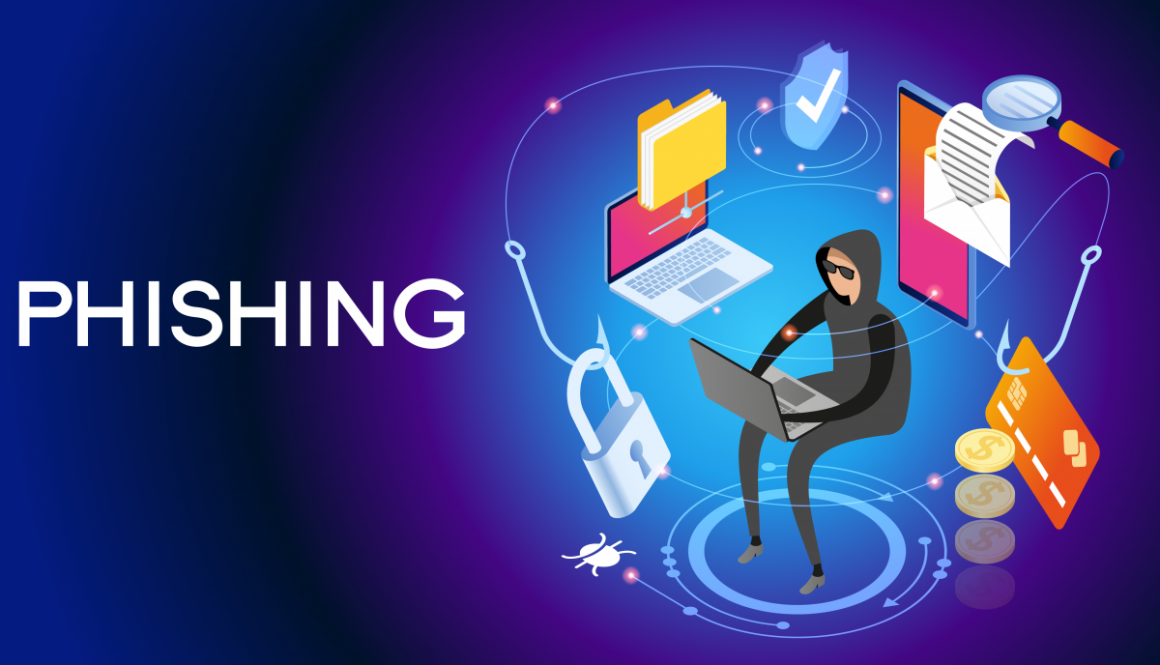
Telltale Signs of a Phishing Attack
The main reason phishing has become such a prevalent problem is that it works. And hackers keep finding new ways to increase the success rate even further. What used to be easily distinguishable attempts at stealing information have now become brilliant scams that look valid at first glance.
However, this doesn’t mean that phishing attacks always work. All that’s needed is for everyone to stay vigilant with online communications and ensure they know what to look for to identify a phishing scam. Here are some of the most important signs you should look out for.
Fake Email Address
Very few people stop to look at the sender’s address when they get an email. Most of the time, employees will glance at the subject line and check the message. If the recipient checked the validity of an email address, it might prevent most phishing attacks.
Amateur cybercriminals might use free email accounts like Gmail or Yahoo to send a phishing scam. Major players, however, use email domains just like real email. For instance, if you get an email from someone@amazonprime.az rather than someone@amazonprime.com, you’d better be wary.
Inconsistencies in Writing Style
If the style of writing is suspiciously different from what you have been getting from what appears to be the same sender, this can be a sign of a phishing hook. Also, some countries use different date formats. If date formats are not what you are used to, that’s also one sign.
Errors in Grammar and Spelling
Official emails get checked for grammar and spelling mistakes or go through basic spellcheck. A few minor typos and one or two misspellings are forgivable, but email with blatant errors, especially if it is supposed to be from a reputable company, is a good sign of a phishing scam. It’s likely because the hacker used an automated language translator to mass produce the message for potential victims.
Suspicious Attachments
You should never open attachments unless you are expecting them or if you can confirm with the actual sender that they indeed intended them for you. Otherwise, don’t open it, no matter how legitimate looking the filename might be. It’s likely they loaded these attachments with malware that will unleash themselves on your system once you click on them.
Fake Links
No one would knowingly click on a fake link, but these phishing emails are made to look so real. To check whether they are valid or not, hover over them and read the URL, particularly the domain name. If it seems questionable, that’s because it probably is. Delete the email and don’t give it a second look.
There is no 100% guarantee of protection against phishing attacks but looking out for these telltale signs is an excellent first step. As a business owner, be sure that all your employees know these signs and that you have properly trained them on the critical security measures against online threats. For more about these threats and what you can do to protect your business, start your new Employee Training today and have everyone in your office watch our Free Cybersecurity Webinar.
It’s time to take cybersecurity seriously. Call us and let’s protect your business today.
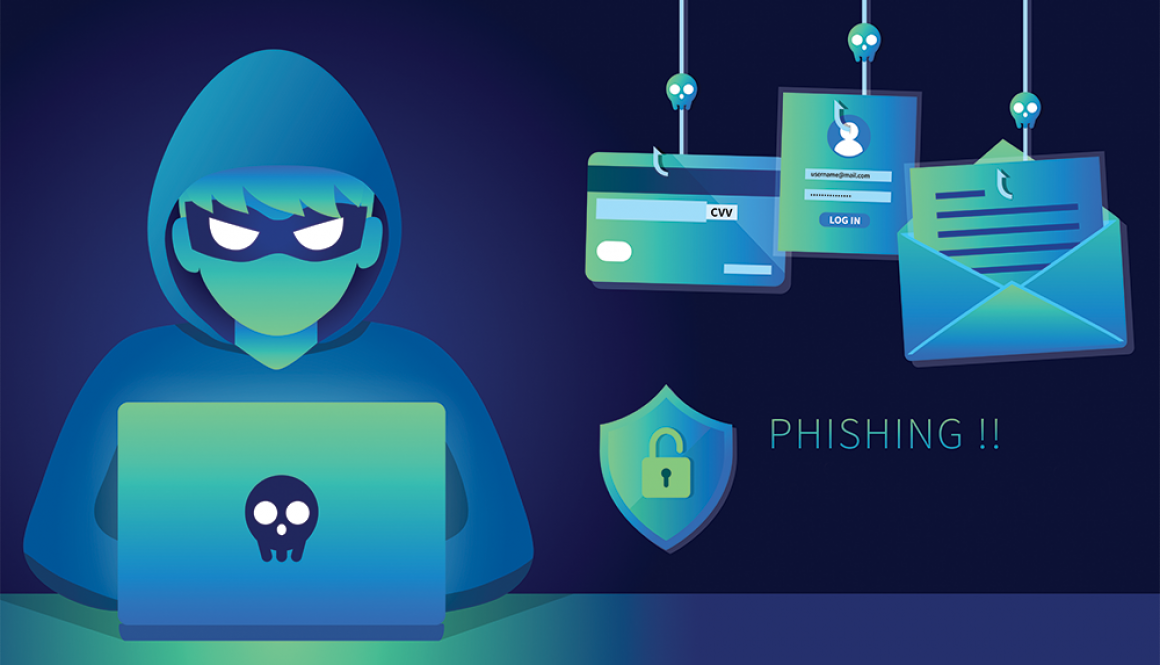
Understanding the Dangers Phishing Poses To Your Business
Phishing is one of the newest and most dangerous online threats that have pervaded businesses and private accounts in recent years. Reports show that phishing attacks this year are 70% higher than the total number of attacks reported last year.
A Brief Explanation of Phishing
What is phishing, anyway? How does it work, and why is it so dangerous for businesses? Phishing is a kind of cybercrime where a hacker essentially poses as a legitimate entity. They will send emails or forms to unsuspecting individuals, hoping to lure these potential victims into providing confidential information. The hackers usually aim to get credit card numbers, usernames and passwords, social security details, and banking info. Many will also create fake websites so that if someone clicks on their links, they will seem like genuine links.
Phishing scams have improved considerably over the years, and today, most victims are not even aware that a virus has infiltrated them until the damage starts.
Different Styles of Phishing
In the beginning, phishing happened through emails, but recently, hackers have expanded their channels and are now attacking from more diverse angles. There are three main types of phishing used today. As a business owner, learn about these attacks to protect your company accordingly.
Spear Phishing
This threat is the most common type of phishing used today because it is very effective. Reports show that over 90% of phishing attacks are of this nature. The attack aims at specific targets, and the hackers have prepared for it beforehand by gathering information about the target to make their snare more convincing.
Clone Phishing
This type of phishing involves cloning or duplicating legitimate emails that the recipient has already received and turning them into system infiltration tools. The hackers copy the original emails, subtly replacing the valid URLs with malicious links. They also use a recipient’s email address similar to the original so that the entire email looks legit. They will then send this fake email to the targets in the guise of being a resend or an updated version of the previous email.
Whaling
Hackers target these phishing scams at executives or high management of a company, not just any random employee. Hence, the term “whaling” as it targets the “big fish” of the business. The tone and content of these phishing emails are also very different. To blend in with other emails, they take the form of customer complaints, top-level office matters, or even subpoenas. They come with the illusion of urgency, so the executives who receive them feel compelled to click on the link as instructed, which is a malicious link.
Protect Your Business through Employee Training
Your protection against phishing threats depends on your employees’ knowledge of these threats. If your employees are careless about clicking links, you might as well hand your data to hackers. The simple solution is to train your employees. Teach them how to identify a phishing scam. Equip them with the skills to handle an attack.
If you don’t know how to do it, don’t worry because we can do it for you as part of the service we provide to you. Aside from in-depth employee training, we can also run a phishing test on your company to test your security. Start your new Employee Training today, and have everyone in your office watch our Free Cybersecurity Webinar.
Don’t leave your business unprotected in these times of rampant online threats. Call us today, and we will boost your defenses against phishing and other online threats!

Risk Management for Communication Security
Digital technology has advanced dramatically over the years, and today we get to communicate in ways that were unheard of before. From simple emailing for work and chatting with friends across the globe to high-speed real-time videoconferencing and accessing massive amounts of information within seconds, we have come a long way. When was it time to consider worrying about communication security?
But together with these improvements, new communication risks have also emerged. Hackers have also used technology to hone their craft, and businesses need to find effective ways to thwart these risks and stay protected online.
Longer Online Time
The longer time spent online equates to more cybersecurity risks for all of us. Technology has rapidly become a major part of our lives. People are spending more and more time on technology and communications software. Hence, the risks posed to our security are naturally growing. A natural solution would be to reduce online time, but this is impossible because most of our lives are now online. What we can do instead is to practice efficient security measures so that no threats can penetrate our systems if we are online 24 hours a day.
Fake Messages
This trick is the most prevalent communication security risk facing the world today. This scam has become quite common, especially with the rise in the popularity of online shopping. A common trick by hackers is to send fake messages regarding deliveries that did not arrive, with a link that will supposedly let you ‘reschedule’ your order. Instead, these bogus links take you directly to malicious websites that can harm your computer system.
Some of these fake messages merely request that you pay a small amount of money, which seems nothing more than an inconvenience. However, an increasing number of scams collect your data and credit card details, leading to a substantial loss of money. That being the case, these fake delivery messages pose a risk and are huge threats.
Email Attachment Scams
Another rampant security risk that people know about that has to do with communication comes from emails. Hackers are getting more skillful and innovative with their phishing tactics. They send emails designed to trick the receiver into thinking they come from legitimate senders, encouraging them to click on the included link. But what looks like a harmless site might contain malware or phishing software that would inadvertently be downloaded onto your device, causing damage to your computer system.
Social Media
Hacked social accounts are also becoming a massive problem in the online world. If you receive a suspicious message from a social media contact, particularly one that contains links to external videos or websites, don’t click on it. The chance is that it will lead to the infection of your device with dangerous security software.
Protective Measures against Communication Security Risks
As a business owner, it is your responsibility to keep the communication channels of your business secure. Fortunately, there are many ways to do this. It’s best to start with evaluating your current communication system and checking if it is safe from online threats. You should also use a trusted encryption method to protect your messages and everything that makes up your communication system. Depending on your level of protection, you might need to overhaul your entire security infrastructure.
It is wise to entrust these steps to a managed services provider you can trust. In the meantime, you can train your employees on communication security. We can help with that as well. We can improve your cybersecurity, as you can read in our free eBook. To start boosting your communication security right away, Call us today.

The Importance of Communication Security for Your Business
Ransomware attacks happen every 11 seconds, according to cybersecurity experts. This statistic is very alarming and continues to worsen. Users of all types are being targeted, from individuals to multinational corporations. The severity of the attacks and the ransom vary considerably, but there is one common factor. Practically all cyberattacks begin with a breach in communication security.
Despite the disturbing trends, many businesses are still not fully realizing the importance of security in business communication. Less than half of small companies have protective measures against ransomware attacks, and more than a quarter of employees lack proper training in online security. These are urgent issues that need to be investigated if you want to have a chance of surviving a severe cyberattack.
Why Communication Security is Important in the Workplace
Once a company’s communication system gets breached, the hacker will already have broken through the perimeter defense of the company, and it won’t be long before they get their hands on all kinds of sensitive and confidential information. This fear brings us to the three reasons a business should maintain security in all communications.
Customer Data Protection
In industries like healthcare, banking, and many more, companies collect customer data that must remain confidential. When this information gets out, it can cause problems for both the client and the company.
Intellectual Property Protection
Industrial espionage is a real thing. Many big corporations would pay to see information from their rivals to find out what new products or trends the competition is working on. This practice is quite common in the automotive and pharmaceutical industries.
Internal Communication Protection
Internal communication involves massive amounts of information meant only for those in your office. This confidential information is what a ransomware attacker would love to control because they can get large sums of money by holding the data hostage.
Vital Elements of Secure Business Communication
Establishing secure communication systems is crucial for all businesses, regardless of the size of their enterprise. The best way is to partner with a cybersecurity expert with the knowledge and technology to protect your communication channels.
Keep in mind that not all providers are equal. There have been cases where a supposed provider of a secure communications platform has been infected with malware. While the clients thought they were safe against online threats, they may have inadvertently placed themselves at an even greater risk.
When selecting a managed service provider to manage your cybersecurity requirements, you need to verify that they can provide the basic protective measures, at the very least.
Clear and Comprehensive Policies
A provider should be able to tell you what communication security procedures they can implement for your business. Will they manage your system and network, digital assets, physical security, and the vulnerability of your business? They should also address human fallibility, which is to blame for some business communication breaches.
Methods for Reliable Encryption
Hackers can now easily break through basic encryption methods, so you should only work with a provider that offers high-level and dependable encryption. This protection is key if your business involves a lot of remote work, and your employees frequently use their laptops and mobile devices for work.
Final Thoughts
These are just the fundamentals of why communication security is vital in running a business. You can learn more about the benefits of using a managed service provider by reading our eBook, where we discuss how an MSP can help you overcome the challenge of business communication.
Call us when you are ready to increase the security of your business communications. We can help you keep your business, your data, and your employees protected.
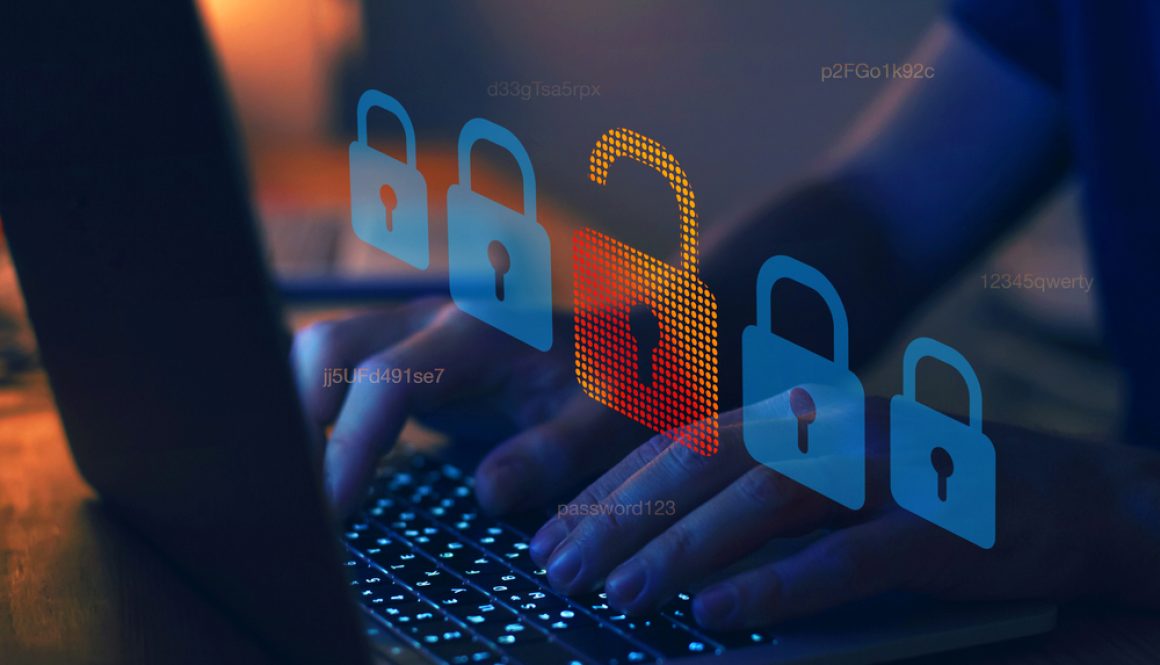
Should You Boost Your Communication Security?
Cyberattacks on businesses can happen, but most hackers choose to target various online communication systems. The primary reason is that it’s easy to breach. Anyone can send a fraudulent link via text message, email, messaging apps, or even social media. If a single employee makes the mistake of clicking bogus links, it will be a big payday for the hackers. This is why you should consider bolstering your communication security.
What You Can Do to Stay Protected
Running a dependable antivirus program and a firewall will help keep online threats at bay. But if your employees are the ones who allow threats in, then all your precautionary software and systems become useless. Everyone in the organization should learn to practice caution and prudence, especially when using the company’s communication system. Here are a couple of tips that could help.
Check Links Before Clicking
First, look at the hyperlink in the anchor text and verify its legitimacy by checking for signs of bogus links. Before clicking on the hyperlink, you should also see where it points by hovering your cursor over the link before opening it. Real websites will usually end with “.com,” but a fraudulent link will change this to a different ending like “.co,” “.uk,” “.xyz,”. Just because the link ends with “.com” doesn’t necessarily mean it is safe. If it seems suspicious, the safest thing to do is get someone from your IT support team to verify it.
Check Email Addresses before Opening Messages
It’s easy to search for email addresses or phone numbers online. If no results show up, you can contact the company directly. Ask whether the contact number you have is accurate. Most companies are glad to lend a hand!
Invest in Online Security Training for Employees
No matter how safe and advanced your cybersecurity strategies are, they can’t protect you completely if your employees don’t know how to stay safe online. A lot of cyberattacks on businesses today can be traced back to one employee who accidentally clicked on a malicious link or let malware into the system.
Lack of Awareness
It’s easy to blame employees, but what can you do if they can’t tell between fake and valid links? You’d be surprised at the lack of awareness concerning online threats. Try it for yourself by taking our Employee Readiness Check. Have your employees take the test and see how much they know about online and communication security.
A Comprehensive Training Program
As a business owner, you must invest in online security and training for your staff. We offer a comprehensive training program that will equip your employees with all the knowledge and skills needed to improve your online security. We will train them on how to check URLs before clicking, how to verify the validity of an email address before opening it, and much more. By the time the training is over, we will have turned your staff into a robust first line of defense for your company.
In addition, we can run a phishing test in your office to identify the weak security areas that need to be corrected. We can then make changes and boost your communication security so that you won’t have to worry about threats making their way into your system.
For more tips on how a managed service provider can help you, download our free eBook on The Ultimate Guide to Hiring a Superstar IT Provider today!
Your security is important to us. Call us so we can talk about a customized solution that meets your specific needs!
